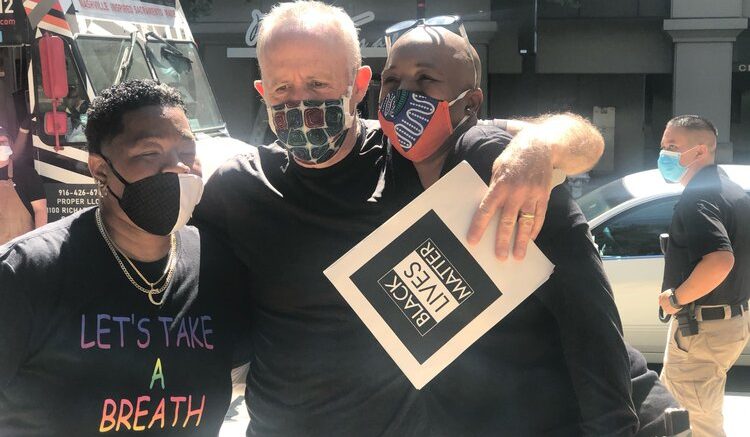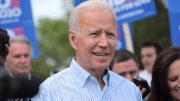Essay: A strong mayor can make sure youths in left-behind neighborhoods get a fair shot
By Michael Lynch
Most life outcomes can be predicted by the zip code in which you were born or raised. In Sacramento today, residents live in two different worlds.
If you grow up in the neighborhoods of Valley Hi or Del Paso Heights, you are less likely to graduate high school, earn a living wage or live past the age of 70 than if you live in Land Park or East Sacramento. This is not equitable. A young person has no control over their family’s residence, so why should their life outcomes be dictated by a zip code?
The distribution of city resources matters. And under our current system of government, the neighborhoods that need the most support—our communities of color—are often overlooked and forgotten.
Last spring, the city of Sacramento funded an education youth program promoting Science, Technology, Engineering, Art and Math. But when the STEAM program was rolled out, startlingly, classes were scheduled to take place at parks in four of Sacramento’s mostly white and upscale neighborhoods. As has been all too common in our city history, Sacramento’s most underserved communities were neglected in this plan, depriving mostly youth of color of access to enriching educational opportunities—youth, who again, are mostly black, Latino or Southeast Asian.
When this inequity was called out, the city changed course and located the STEAM programs so a more diverse population of children could participate.
With Measure A, this type of “redo” won’t be necessary. It will establish equity as a core value of our city government, ensuring that the needs of Sacramento’s diverse neighborhoods and communities will be considered at the front end of city government decision-making.
This measure is forward-thinking and will lead to much needed investment in young people. Measure A will require that the city budget allocate at least $40 million every year to be spent on neighborhood-based economic development, with $10 million spent on youth workforce development and enrichment. It will also make Sacramento’s elected city leader accountable for decisions that relate to our youth.
And since Measure A will create a new City Council seat and give the council authority over land-use decisions, it will increase representation and neighborhood voices. When communities have the opportunity to speak up, our youth have a chance to be heard.
“Under our current system of government, the neighborhoods that need the most support—our communities of color—are often overlooked and forgotten.”

With Measure A, we can collectively create a better Sacramento that chooses to champion neighborhoods that have been neglected for too long. This measure gives the people of Sacramento the opportunity to help decide which programs are funded by the city by establishing a participatory budget process. Citizens will be able to give direct input on spending priorities, including investment in economic opportunity, youth services, mental health programs and public safety reforms. Measure A will help Sacramento level up, by investing in youth and setting up our young people for success.
I am fortunate to lead an organization such as Improve Your Tomorrow, which works shoulder-to-shoulder with regional and grassroots partners, in addition to providing the resources needed to implement innovations and community programs that lead to educational equity.
As we look ahead, we need to remember that our young people are the future of our city. On Nov. 3, voters in Sacramento have a chance to change the way our city supports our youth. We should hold our elected city leader accountable for standing up for our youth who have been underfunded and underrepresented for too long. I urge voters to vote yes on Measure A, and create a better Sacramento for our young people and better future for us all.






Be the first to comment on "Measure A will make equity a core value"